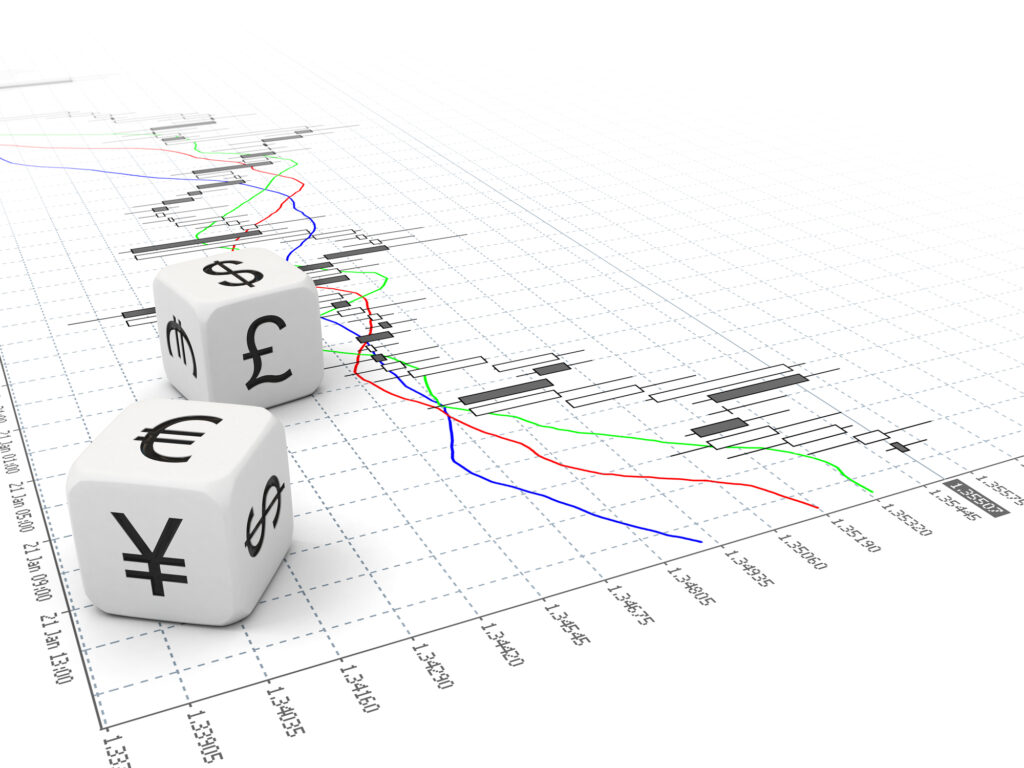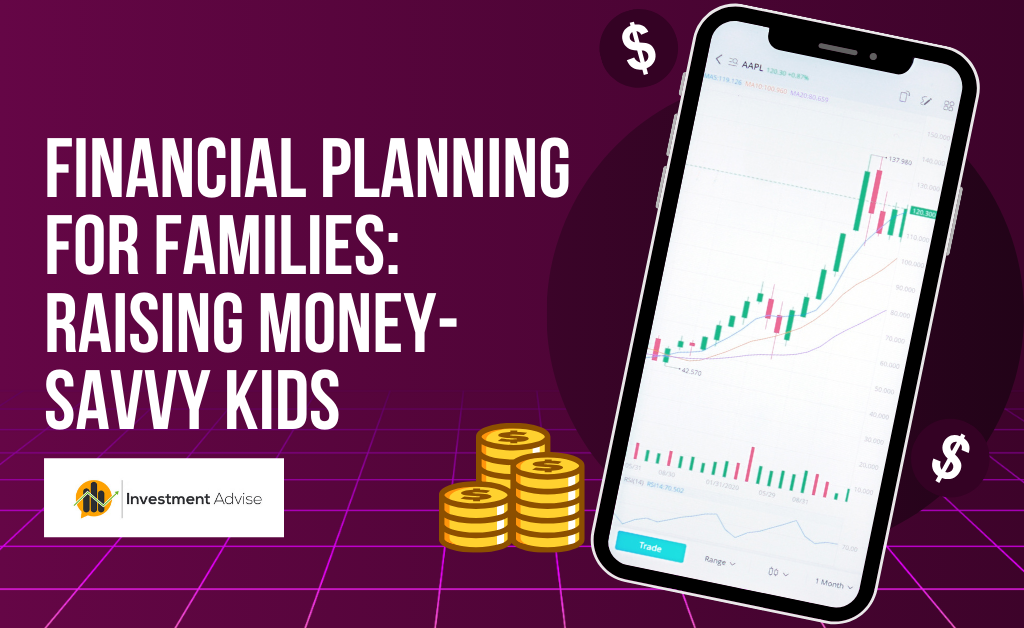The forex market is a substantial financial market with transactions higher than 5.1 trillion USD daily. The market is also extremely diverse as you can find individual traders, monetary establishments, and banks all trading for their profits. However, as with every financial transaction, all parties make massive profits while conversely suffering huge losses. Read up on some tips to reduce forex trading risks.
Therefore, risk management is crucial if you want to become an efficient trader.
Forex Trading Risks
Forex trading risk is the potential risk of loss. Some of these risks may include:-
1. Market Risk
It is the risk of any deviation in the financial market that isn’t according to your expectations. It is one of the most common risks when it comes to forex trading. For instance, if you predict that the euro price would increase against GBP, it falls instead, resulting in losing money.
2. Liquidity Risk
A currency pair has higher liquidity if there is a higher supply or demand for it, and trades can complete faster. There may be an interval when opening or closing a transaction on your trading platform for currencies with low demand. It means that such a trade did not close at the desired price. Thus the trader either makes a small profit or results in a loss. If you are trading in crypto, you will need forex brokers that trade cryptocurrency to provide market predictability and trends.
3. Interest Rate Risk
The interest rate of the economy might impact the currency, which is bad news for traders. Since such a deviation exposes the traders to an unforeseen risk of changes made in the interest rates
4. Risk Of Ruin
It is the risk of the trader cessation of capital to perform trades. Suppose a trader has a long-term strategy over how the currency’s value will alter; however, it moves in a contradictory direction. You would require the necessary capital available in your account to endure the currency’s deviation till it moves in the direction you anticipated. If you lack money, the trades would be closed automatically, and every investment is lost even if the market later takes a shirt in your favoured direction.
These are some of the forex market trading risks, although; it’s a lot easier reading them than actually suffering them. Therefore, the topic of risk management is one that you shouldn’t ignore. The following are some of the top tips that you can use to reduce the risk involved in forex trading effectively.
5. Leverage Risk
Certain forex market traders often use leverage to initiate trades that are bigger than the deposit in their trading accounts. In certain instances, it has led to people losing more money than was initially placed in the account.
Learn About Cryptocurrency vs Forex Trading: What Is Your Best Choice? 2021 Guide.
Four Ways To Limit Forex Risk
Although these are some of the most highly rated tips, it’s essential to acknowledge that they might not have 100% efficiency as the forex market remains entirely predictable. Investors can use these tips to reduce risks even if they can’t provide complete immunity. The best broker to use trading forex would depend exclusively on your choice, and you need to be careful in choosing one.
1. Up-To-Date Information About Forex Trading And Risk
Beginners in the forex marketing field need to educate themselves as much as possible. Regardless of your experience within the market, there is always something that would still be unlearned. You should also be aware of the interactive broker’s forex trading hours not to miss out on anything.
Even if you are a successful trader, you must know the latest information and trends in the market. The Forex market is also highly dependent on its economy. Like enactment and enforceability of new legislation that affects the market, changes in it would alter trends. So keeping up-to-date allows you to be aware of any potential deviations and thus prepare for them.
There are also various online trading courses that you can take to improve forex risk management techniques. A forex trading broker USA can also assist you with the task as it can lead you in the right direction.
2. Using A Stop Loss
A stop-loss tool allows you to put a predefined price, and at that particular value, your trades will close automatically. Thus, it protects your transactions from any unforeseen market activities. Where you are in the market for an asset that you expect to increase value but instead decreases, the tool automatically closes at the “stop-loss price” to stop any additional losses.
It is vital to note those stop losses wouldn’t necessarily work every time. In certain instances where the market acts unpredictably and provides price cracks. If such a situation occurs, it won’t implement the stop loss at the prearranged level, but instead, it activates when the price reaches this level next time. This occurrence is known as slippage.
3. Using A Take Profit
A take profit tool is similar to stop loss, but brokers use it for the opposite purpose. While a stop loss spontaneously closes trades to prevent additional losses, a take-profit aims to automatically close a trade when they hit a specific profit level.
If you have clear expectations associated with every trader, it’s possible to set a profit target and thus get a profit. Additionally, you can furthermore choose the suitable risk level the trade is. Traders often aim for at least a 2:1 reward-to-risk ratio. In this setting, the probable reward is double the trader’s risk upon the trade.
4. Limiting Leverage Use
Leverage provides the trader with an opportunity to enlarge their profits from the trading account; nonetheless, it can likewise magnify the losses, raising the risk potential. For instance, an account with 1:30 leverage denotes that on an account containing $1,000, you can make a trade valued at equal to $30,000.
So, if the market moves as you predict, you would get 30,000$ out of the trade while investing 1000$, but the opposite is equally true if the market takes an unfavourable shift. The exposure to a forex risk is thus higher with higher leverage.
Conclusion
Although traders want to achieve maximum profits, they also want to keep their losses minimal. At the high-end game, every trader has experience, and they often lose money not because of lack of knowledge and inexperience but due to poor risk management. You also need to find the best broker for forex trading to ensure you don’t get caught up in an unintended situation.















2 thoughts on “Tips To Manage Forex Trading Risks”
Pingback: How To Invest In Forex Without Trading? - Investment Advise
Pingback: How To Invest In Forex Without Trading? - Investment Advise